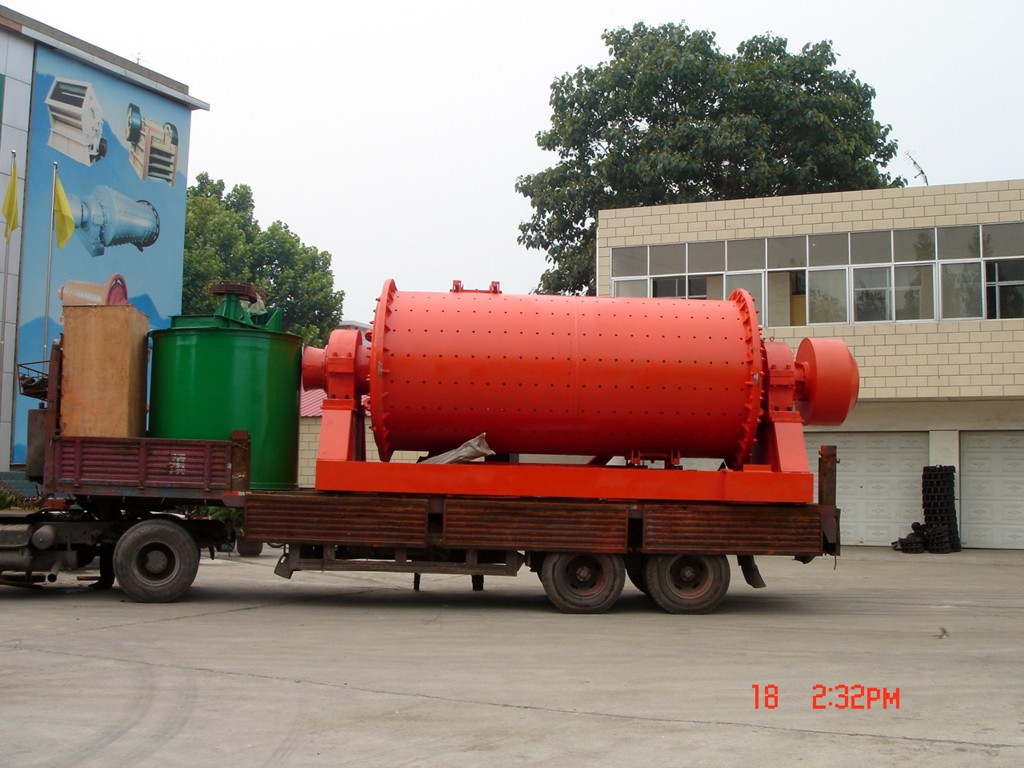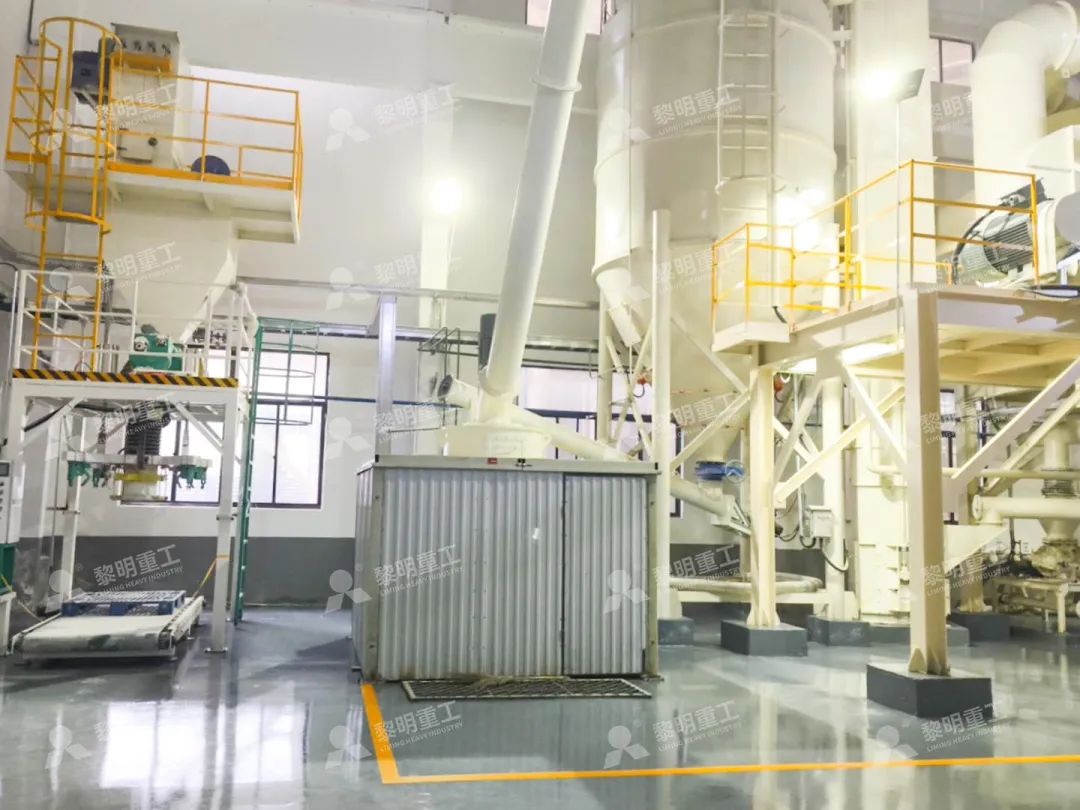Ball Mill Operation Manual PDF: Installation, Maintenance & Safety Guide
Ball Mill Operation Manual: Installation, Maintenance & Safety Guide
Proper operation and maintenance of your ball mill is crucial for optimal performance, long service life, and most importantly, operator safety. This guide outlines the key steps and considerations for installing, maintaining, and safely operating your ball mill equipment. Always refer to your specific equipment’s manual for detailed instructions.
Installation Procedures
The foundation must be able to withstand several times the weight of the entire machine. Ensure the foundation is made of high-quality reinforced concrete and is completely level. Use a spirit level to check the levelness of the foundation and the mill’s baseplate before final bolting. Misalignment is a primary cause of premature wear and vibration issues.
Correct alignment of the drive system (pinion and girth gear) is absolutly critical. The backlash and contact pattern must be set according to the manufacturer’s specifications. Improper alignment will lead to excessive noise, rapid gear wear, and potential failure.

Routine Maintenance Checklist
A proactive maintenance schedule is the key to maximizing uptime. Daily checks should include:
- Lubrication: Check oil levels in the trunnion bearings, pinion bearing, and gear spray system. Ensure grease points on the motor and auxiliary drives are serviced.
- Vibration & Noise: Listen for unusual noises and feel for abnormal vibrations during operation.
- Leak Checks: Inspect for oil or slurry leaks around seals and connections.
Weekly and monthly inspections should involve checking liner thickness, gear mesh condition, and motor amperage readings to monitor load. Remember, a well-maintained ball mill is an efficient and safe ball mill.
Critical Safety Protocols
Safety must never be compromised. Always adhere to Lockout-Tagout (LOTO) procedures before performing ANY maintenance or inspection inside the mill. This involves isolating and locking all energy sources, including electrical, hydraulic, and pneumatic power.
Never enter the mill without a certified safety harness and with a spotter outside. Be aware of the risks of entaglement, falling, and confined spaces. Ensure all guards are in place and secure before operating the equipment. Your safety is paramount.

Considering an Upgrade? Explore Advanced Grinding Solutions
While ball mills are industry workhorses, technological advancements have led to more efficient and precise grinding systems. For operations requiring ultra-fine powders with higher yields and significantly lower energy consumption, we highly recommend evaluating our MW Ultrafine Grinding Mill.
The MW Ultrafine Grinding Mill is engineered for customers needing to produce ultra-fine powder between 325-2500 meshes. It boasts a production capacity 40% higher than jet mills and double that of traditional ball mills, while reducing system energy consumption by up to 70%. Its innovative design features no rolling bearings or screws in the grinding chamber, eliminating common failure points and allowing for external lubrication without shutdown. Equipped with an efficient pulse dust collector and muffler, it operates with minimal environmental impact. It’s an ideal solution for processing materials like limestone, calcite, dolomite, and talc for industries ranging from chemicals to cosmetics.

Another excellent alternative for finer grinding needs is our LUM Ultrafine Vertical Grinding Mill. It integrates grinding, grading, and transporting with remarkable energy efficiency, often reducing consumption by 30%-50% compared to conventional mills. Its reversible structure greatly simplifies maintenance, making it a robust and user-friendly choice.
Troubleshooting Common Issues
Excessive Vibration: Often caused by improper foundation, misaligned gears, worn liners, or an unbalanced charge. Check alignment and liner condition first.
Overheating Bearings: Usually indicates low oil level, contaminated lubricant, or improper alignment. Check and replace oil as needed.
Low Output or Coarse Product: Can be caused by a worn classifier, low charge volume, or incorrect feed size. Verify the grinding media charge and classifier settings.
By following this guide and adhering to a strict maintenance regimen, you can ensure your grinding equipment operates safely, efficiently, and reliably for years to come.
